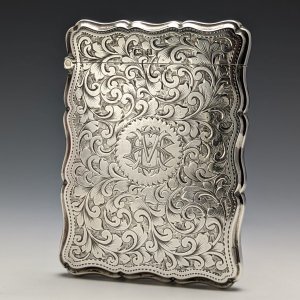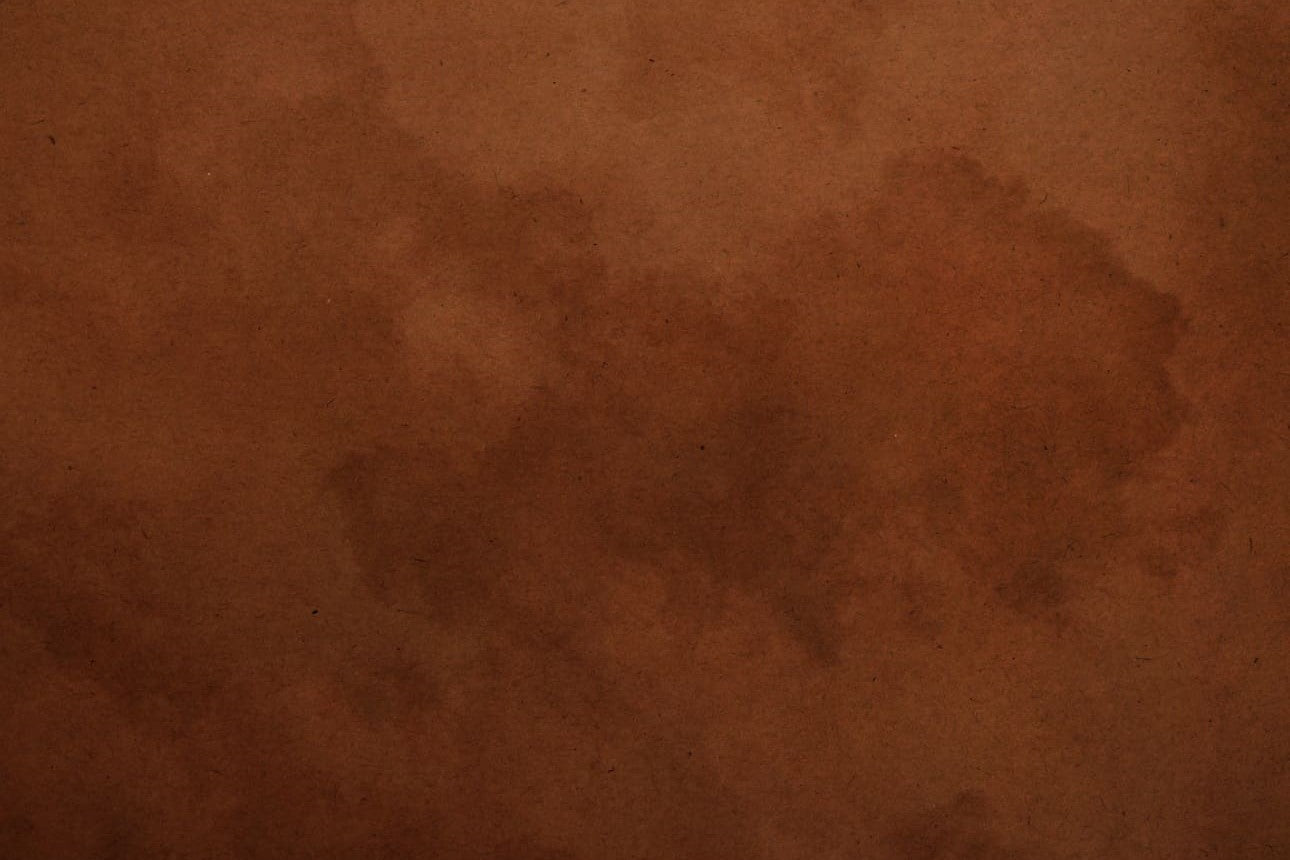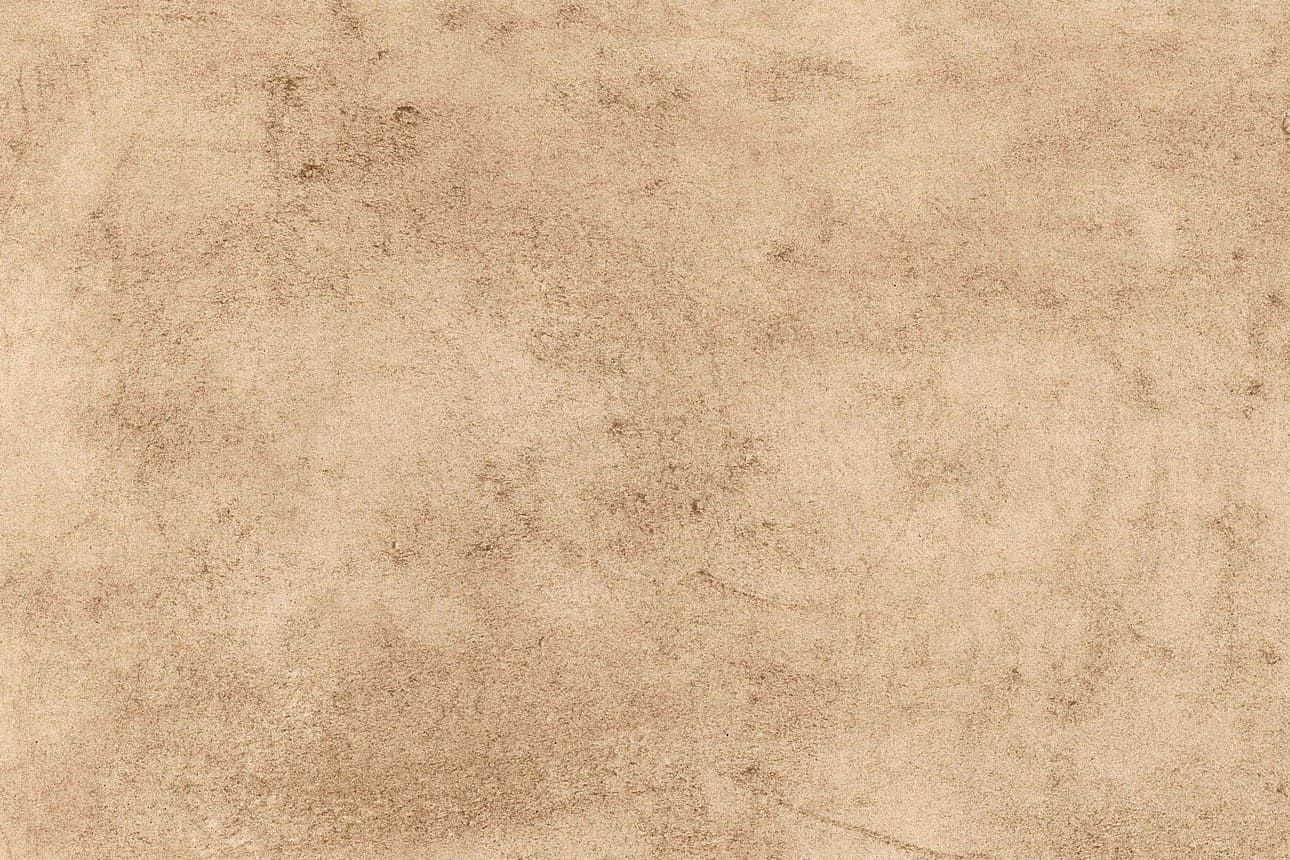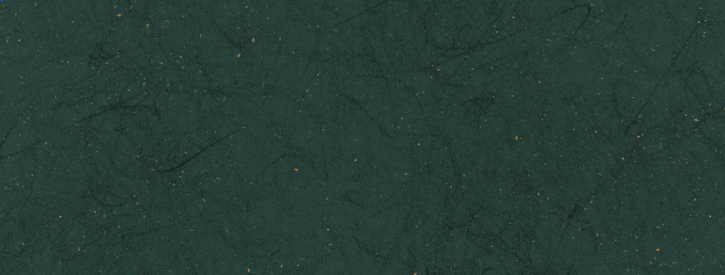How to care for your silverware
Posted by WATANABETAIGA
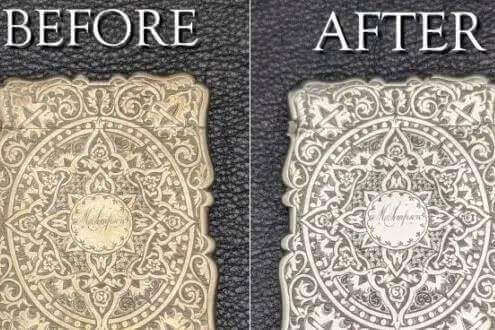
Causes of soiling in silver products
Because silver is a soft metal, high-purity silver products such as sterling silver can develop fine scratches and lose their shine over time.
Because 100% silver is too soft to work with and is easily scratched, silver products are mostly made from sterling silver (92.5% pure), coin silver (90% pure), or continental silver (80% pure).
Also, silver products can sometimes become discolored and look tarnished if they are used for a long time.
Some people prefer the aged look of "ebushi-gin" (a type of silver that has been darkened through a process), but it's still desirable to maintain the shiny luster of silver in cutlery and decorative items.
This blackening is not rust (oxidation). Silver is not easily oxidized and rarely rusts unless it is heated with a burner or similar.
The main cause of blackening is sulfuration , which is a reaction with sulfur .
If you soak it in a hot spring with a high sulfur content, it will quickly turn black.
Please be sure to remove any silver accessories before entering the hot spring.
Conversely, there is a method of applying a "gun-bluing" finish using bath salts and hot water containing sulfur, but we will omit that here.
In everyday life, it gradually turns black due to reactions with sulfur, which is present in trace amounts in air, sweat, and water.
However, the blackening caused by sulfuration can be easily removed using the methods introduced later.
Another cause is the presence of chlorides , which react with chlorine .
This usually doesn't happen if you use it normally, but it can happen if you accidentally use chlorine-based bleach or something similar.
The blackening caused by chlorination is much stronger than that caused by sulfuration, so it's difficult to remove.
Please be careful not to use chlorine-based bleach on silver products.
Daily care
If silver products are covered in sebum or dirt, they will react with the sulfur contained therein and become tarnished.
To remove these stains, please wash with a soft sponge and a neutral detergent .
Never polish with scouring powder, bleach, or steel wool.
Using a dishwasher can cause scratches on silver products as they rub against each other, so hand washing is recommended.
After washing, be sure to thoroughly remove any moisture with a cloth or other absorbent material.
For items that are difficult to wash with water because they have fabric or leather coverings, simply wiping off the dirt with a cloth can make a significant difference.
If you won't be using it for a while, after removing any dirt, wrap it in a soft cloth like a hand towel or thick kitchen paper, and then store it in a highly airtight container like a Ziploc bag.
It would be better to include a desiccant.
The trick is to keep it from coming into contact with air and moisture as much as possible.
Over time, fine scratches may appear, or it may become slightly blackened.
If it's just light scratches or discoloration, you can make it look pretty good just by polishing it with a cloth, like a scrap of sheet.
Please watch the video to see how it's actually polished.
How to remove black stains
Stubborn black stains that have become firmly attached are difficult to remove simply by washing or polishing with a cloth.
In that case, we recommend using a dedicated cleaner.
There are four main types of cleaners.
1. Cream type
Also known as the polish type, it comes in cream form and is applied to a cloth or other material for polishing.
Because of its high polishing power, it is recommended for those who want to polish thoroughly.
I often use Lucky Wood's silver cleaner .
2. Cross Type
The soft felt cloth has fine abrasives embedded in it.
If you're dealing with small accessories, this type is the easiest to use.
Although you can buy them at 100-yen stores and other places, be sure to use one specifically designed for silver products.
This video shows the actual polishing of a sterling silver card case using a cream-type cleaner.
3. Liquid type
Use this when polishing with a cloth is difficult, such as for chains or relief carvings.
Because it removes dirt by soaking it in a liquid solution, it can clean hard-to-reach areas.
Also, because it's not polished with abrasives, there's no need to worry about the plating peeling off.
Because a large amount is needed to polish large items, this is suitable for small items such as accessories.
4. Spray type
Spray-type polish is convenient for polishing large silver items such as tableware and ornaments.
Spray it onto a soft cloth and use it to polish silver products.
Some products contain anti-discoloration agents, which help prevent them from turning black.
I explained how to properly care for silver products on a daily basis, and how to polish them using a cleaner.
Some people may have the impression that silver products tarnish easily, but if you know how to care for them on a daily basis and how to polish them when they do tarnish, you can easily restore their beautiful shine.


